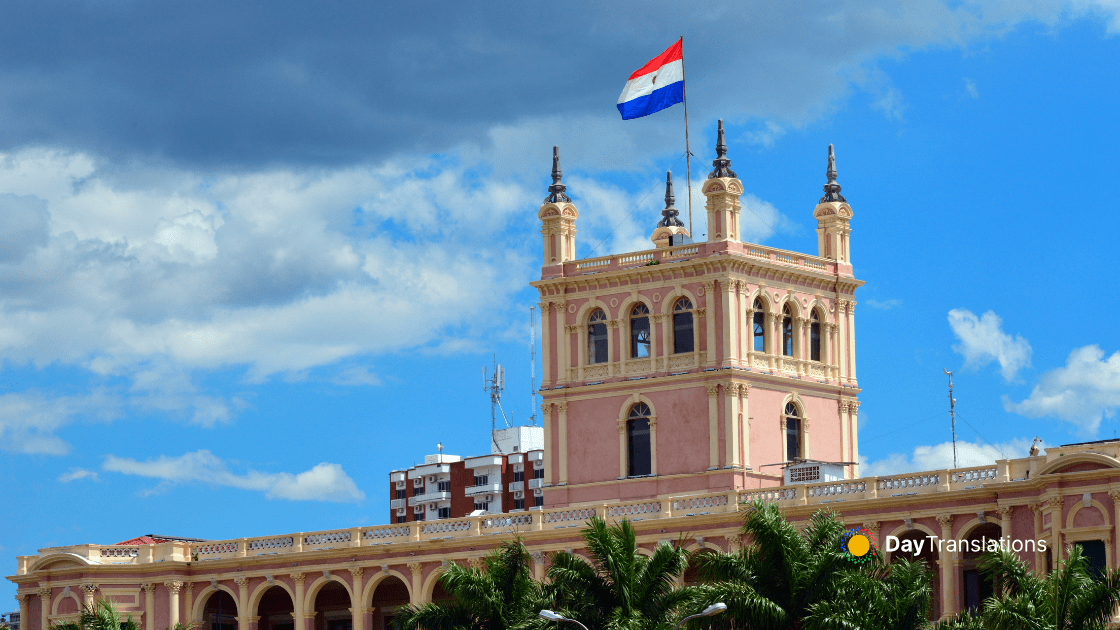The Republic of Korea, commonly known as South Korea, is located on the southern portion of the Korean Peninsula. It is neighbored by the People’s Republic of China to the west, Japan to the east, and North Korea to the north. Its capital is Seoul, which is also its largest city. Since the partition of the Korean Peninsula in 1948, South Korea has developed into one of Asia’s most affluent countries.
South Korea has a market economy which ranks 14th in the world by nominal GDP and 12th by purchasing power parity (PPP), identifying it as one of the G-20 major economies. It is a high-income developed country and is a member of OECD. South Korea is one of the Asian Tigers, and is the only developed country so far to have been included in the group of Next Eleven countries.
:: Background of South Korea ::
An independent Korean state or collection of states has existed almost continuously for several millennia. Between its initial unification in the 7th century – from three predecessor Korean states – until the 20th century, Korea existed as a single independent country. In 1905, following the Russo-Japanese War, Korea became a protectorate of imperial Japan, and in 1910 it was annexed as a colony. Korea regained its independence following Japan’s surrender to the United States in 1945. After World War II, a Republic of Korea (ROK) was set up in the southern half of the Korean Peninsula while a Communist-style government was installed in the north (the DPRK). During the Korean War (1950-53), US troops and UN forces fought alongside soldiers from the ROK to defend South Korea from DPRK attacks supported by China and the Soviet Union. An armistice was signed in 1953, splitting the peninsula along a demilitarized zone at about the 38th parallel. Thereafter, South Korea achieved rapid economic growth with per capita income rising to roughly 17 times the level of North Korea. In 1993, KIM Young-sam became South Korea’s first civilian president following 32 years of military rule. South Korea today is a fully functioning modern democracy. President LEE Myung-bak has pursued a policy of global engagement since taking office in February 2008, highlighted by Seoul’s hosting of the G-20 summit in November 2010. Serious tensions with North Korea have punctuated inter-Korean relations in recent years, including the North’s sinking of the South Korean warship Cheonan in March 2010 and its artillery attack on South Korean soldiers and citizens in November 2010.
In this Country Profile
:: Geography of South Korea ::
Location: Eastern Asia, southern half of the Korean Peninsula bordering the Sea of Japan and the Yellow Sea
Geographic coordinates: 37 00 N, 127 30 E
Area:
total: 99,720 sq km
land: 96,920 sq km
water: 2,800 sq km
Area – comparative: slightly larger than Indiana
Land boundaries: 238 km
Coastline: 2,413 km
Maritime claims:
territorial sea: 12 nm; between 3 nm and 12 nm in the Korea Strait
contiguous zone: 24 nm
exclusive economic zone: 200 nm
continental shelf: not specified
Climate: temperate, with rainfall heavier in summer than winter
Terrain: mostly hills and mountains; wide coastal plains in west and south
Elevation extremes:
lowest point: Sea of Japan 0 m
highest point: Halla-san 1,950 m
Natural resources: coal, tungsten, graphite, molybdenum, lead, hydropower potential
Land use:
arable land: 16.58%
permanent crops: 2.01%
other: 81.41% (2005)
Irrigated land: 8,780 sq km (2003)
Total renewable water resources: 69.7 cu km (1999)
Freshwater withdrawal (domestic/industrial/agricultural):
total: 18.59 cu km/yr (36%/16%/48%)
per capita: 3,89 cu m/yr (2000)
Natural hazards: occasional typhoons bring high winds and floods; low-level seismic activity common in southwest; volcanism: Halla (elev. 1,950 m, 6,398 ft) is considered historically active although it has not erupted in many centuries
Environment – current issues: air pollution in large cities; acid rain; water pollution from the discharge of sewage and industrial effluents; drift net fishing
Environment – international agreements: party to: Antarctic-Environmental Protocol, Antarctic-Marine Living Resources, Antarctic Treaty, Biodiversity, Climate Change, Climate Change-Kyoto Protocol, Desertification, Endangered Species, Environmental Modification, Hazardous Wastes, Law of the Sea, Marine Dumping, Ozone Layer Protection, Ship Pollution, Tropical Timber 83, Tropical Timber 94, Wetlands, Whaling; signed, but not ratified: none of the selected agreements
Geography – note: strategic location on Korea Strait
:: People of South Korea ::
Population: 48,636,068 (July 2010 est.)
Age structure:
0-14 years: 16.8% (male 4,278,581/female 3,887,516)
15-64 years: 72.3% (male 17,897,053/female 17,196,840)
65 years and over: 10.8% (male 2,104,589/female 3,144,393) (2010 est.)
Median age:
total: 37.9 years
male: 36.5 years
female: 39.1 years (2010 est.)
Population growth rate: 0.258% (2010 est.)
Birth rate: 8.72 births/1,000 population (2010 est.)
Death rate: 6.15 deaths/1,000 population (July 2010 est.)
Net migration rate: 0 migrant(s)/1,000 population (2010 est.)
Urbanization:
urban population: 81% of total population (2008)
rate of urbanization: 0.6% annual rate of change (2005-10 est.)
Sex ratio:
at birth: 1.07 male(s)/female
under 15 years: 1.1 male(s)/female
15-64 years: 1.04 male(s)/female
65 years and over: 0.67 male(s)/female
total population: 1 male(s)/female (2010 est.)
Infant mortality rate:
total: 4.24 deaths/1,000 live births
male: 4.46 deaths/1,000 live births
female: 4 deaths/1,000 live births (2010 est.)
Life expectancy at birth:
total population: 78.81 years
male: 75.56 years
female: 82.28 years (2010 est.)
Total fertility rate: 1.22 children born/woman (2010 est.)
HIV/AIDS – adult prevalence rate: less than 0.1% (2007 est.)
HIV/AIDS – people living with HIV/AIDS: 13,000 (2007 est.)
HIV/AIDS – deaths: fewer than 500 (2007 est.)
Nationality: noun: Korean(s) adjective: Korean
Ethnic groups: homogeneous (except for about 20,000 Chinese)
Religions: Christian 26.3% (Protestant 19.7%, Roman Catholic 6.6%), Buddhist 23.2%, other or unknown 1.3%, none 49.3% (1995 census)
Languages: Korean, English widely taught in junior high and high school
Literacy:
definition: age 15 and over can read and write
total population: 97.9%
male: 99.2%
female: 96.6% (2002 est.)
School life expectancy (primary to tertiary education):
total: 17 years
male: 18 years
female: 16 years (2008)
Education expenditures: 4.2% of GDP (2007)

Sorry, the comment form is closed at this time.